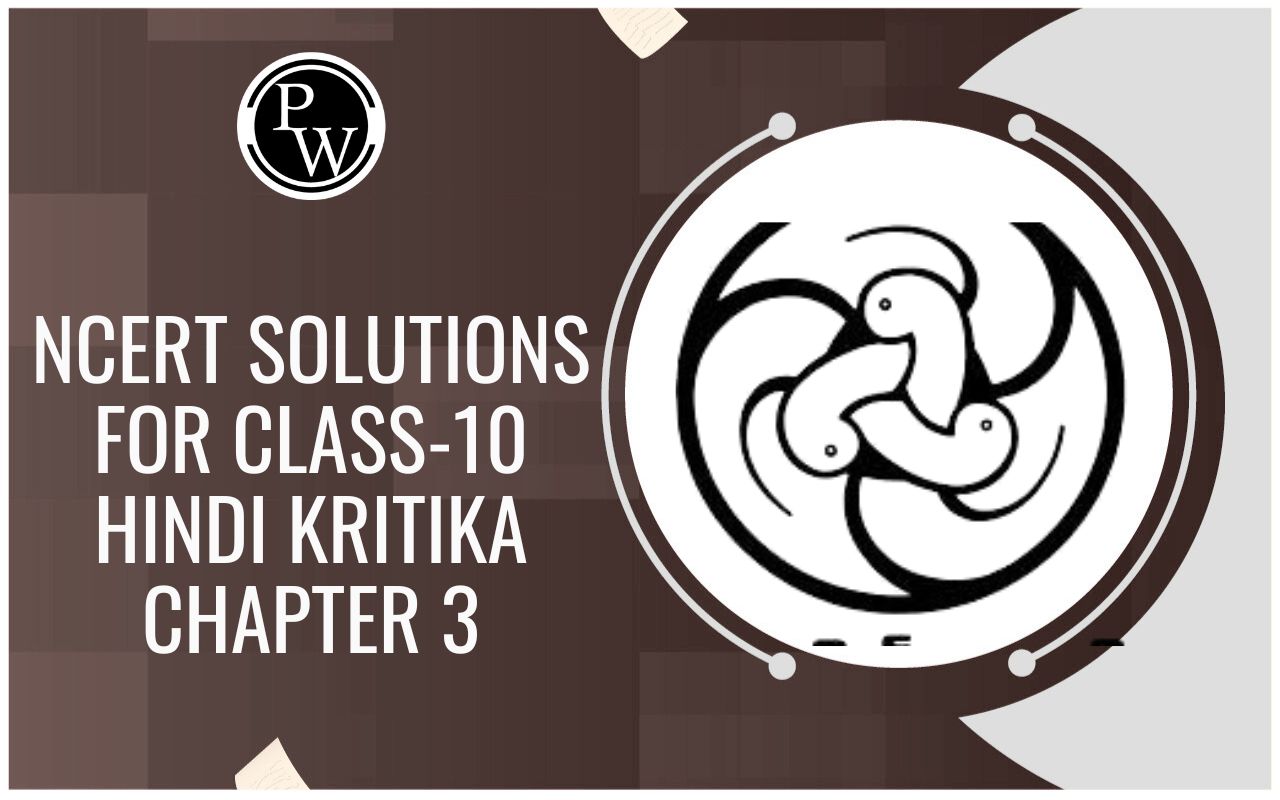
Cellular Totipotency
Structure of Cell of Class 11
Cellular totipotency is the ability of a living somatic nucleated cell to form the complete organism.
Theoretically all somatic cells should be totipotent since they carry the full gene component of the individual.
During their maturation the cells undergo differentiation and are unable to return to their undifferentiated status but they, do so under special circumstances and the phenomenon is called dedifferentiation. The
dedifferentiated cells can undergo division and ultimately form the whole individual or a part of it.
Totipotency can be easily demonstrated in plant cells. In higher animals it has not yet been experimentally proved because the cells do not undergo independent tissue differentiation.
Nucleus taken from any living somatic cell can be shown to have complete genetic information and hence totipotent. This can be done by implanting it in an egg where the original nucleus has been removed. The
egg develops normally into a new individual similar to the parent which donated the nucleus. The technique was successfully demonstrated by Wilmut and Campbell when they cloned the first mammal, sheep Dolly.
Cellular totipotency was first proposed by German botanist Haberlandt in 1902.
White successfully grew Tomato roots in culture medium. Three scientists (White 1939; Gautheret, 1939; Nobecourt, 1939) were independently able to grow callus (unorganised but actively dividing mass of undifferentiated cells) in tissue culture.
Skoog and Miller discovered that callus can be made to develop shoots or roots by changing the ratio of hormones (IAA and cytokinin). The phenomenon is called morphogenesis.
Cellular totipotency was demonstrated for the first time by Steward et al (1957) of Cornell University, USA. Explants from phloem of carrot roots placed in coconut milk were used by them.
Steward, Helperin and Wetherell showed that separated actively dividing cells often form embryo like stages or embryoids.
Embryoids/somatic embryos from diploid vegetative cells are nonzygotic embryo-like structures which are formed in vitro cultures and have the potential to develop into full-fledged plants.
Steward (1964) estimated that one lakh embryoids can be formed from a single carrot embryo or an explant.
The method of totipotency is used in :
(a) Multiplication of rare plants which reproduce through seeds with great difficulty.
(b) Induction and selection of mutants.
(c) Rapid multiplication of desired plants.
(d) Multiplication of sterile hybrids.
(e) Production of virus-free plants.
(f) To develop embryos which fail to reach maturity.
(g) Shorten the period for development of new varieties.
(h) Development of resistance to chemicals like weedicides.
(i) Multiplication of products of protoplast fusion.
Factors that limit cell size or volume
(i) Nucleo-cytoplasmic or kern-plasma ratio (ratio of nucleus to cytoplasm) which determines the range of control of metabolic activities by nucleus.
(ii) Ability of oxygen and other materials to reach every part of the cell.
(iii) Ability of waste products to pass to the outside.
(iv) Rate of metabolic activity.
(v) Ratio of surface area to the volume of the cell.
Metabolically active cells are smaller to have higher nucleocytoplasmic ratio and higher surface volume ratio.
Higher nucleo-cytoplasmic ratio will allow the nucleus to have better control of metabolic activities and higher surface volume ratio will allow quicker exchange of materials between the cell and its outside environment.
Surface volume ratio decreases with the increase in cell size / volume as surface increases by the square of the size while volume increases by the cube of the size.
Larger cells tend to become less efficient. All passive cells like eggs are, therefore, larger in size.
All active cells are smaller. If larger cells are to remain active, they are either cylindrical in shape or possess several extensions of the cell membrane like microvilli, found in all those cells which are active in
absorption. Membrane infoldings also occur in transfer cells found in plants in the region of absorption or secretion of nutrients.
Related Topics




